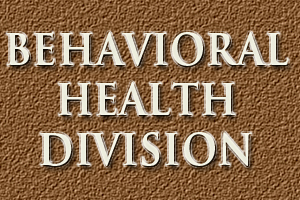Warning: Undefined variable $serie in /home/domains/treatmentandrecoverysystems.com/docs/wp-content/plugins/wp-series-manager/wp-series-manager.php on line 264
Evaluating Communication Quality
Here’s a rule: If program leaders value good communication, the program staff are likely to follow. If on the other hand the employees sense a lack of leadership commitment, they respond the way they would to a doctor who advises others to quit smoking yet still sneaks out for a quick puff between patients.
Hypocrisy is as easy to detect as the smell of smoke.
Good communication is several things. First, it’s accurate. For some reason, misinformation — unconfirmed rumors, unverified reports– seems to flow more freely than the good stuff. Second, and this is especially true of written work, it’s understandable to someone other than the person who sent it. Third, it’s designed to meet the needs of its audience— in this case, a consumer (patient, family, etc) or customer (payer, referral source).
How can we evaluate and improve overall communication? We begin by gathering information from:
Supervisors. These are the folks who spend the most time monitoring the work of others. Once alerted, they can provide valuable info about the relative strengths and weaknesses of those they supervise.
Surveys. I like to question department heads about the quality of their communication with various other departments. For instance, how does Intake or Admissions rate their experience communicating with Counseling? Nursing with Food Services? Counseling with Billing? IT with, well, everybody? And vice versa. Brief surveys, using a simple 5 point rating system, often identify opportunities to improve.
Record review. Most programs already review open and closed records, so it’s not that difficult to add indicators about the quality of written information. Is it accurate, clearly written, relatively jargon-free, not too short, not too long?
For instance, the counselors at one program varied widely in the reports they provided to their largest referral source, the County DWI Monitors. Some were little more than checklists, while others were overlong to the point of activating the dreaded TLDR response (“Too Long, Didn’t Read”). Simply standardizing the format dramatically increased satisfaction for the folks over at Parole and Probation.
Once we have enough information to identify areas for improvement, managers can set up small performance improvement teams to address larger problems both inside and outside the organization. Example: An addictions treatment program couldn’t seem to establish communication with the primary care docs who prescribed meds to their shared patients. The team visited each of the six clinics who served the bulk of its patients, and were able to fix several key glitches in the process. Hint: They brought lunch, always a popular move with medical staff.
The larger goal is consistency. We all communicate well on occasion, but a successful business requires consistent communication. That’s much, much harder to achieve, in the face of the obstacles that appear during the course of everyone’s workday.
These are posts belonging to the same serie:
- Customer Satisfaction: Group vs. Individual
- Creating a Culture of Customer Satisfaction, Part 1
- Creating a Culture of Customer Satisfaction, Part 2
- Creating a Culture of Customer Satisfaction, Part 4
- Creating a Culture of Customer Satisfaction, Part 5
- Creating a Culture of Customer Satisfaction, Part 6
- Creating a Culture of Customer Satisfaction, Part 7
- Creating a Culture of Customer Satisfaction, Part 8













